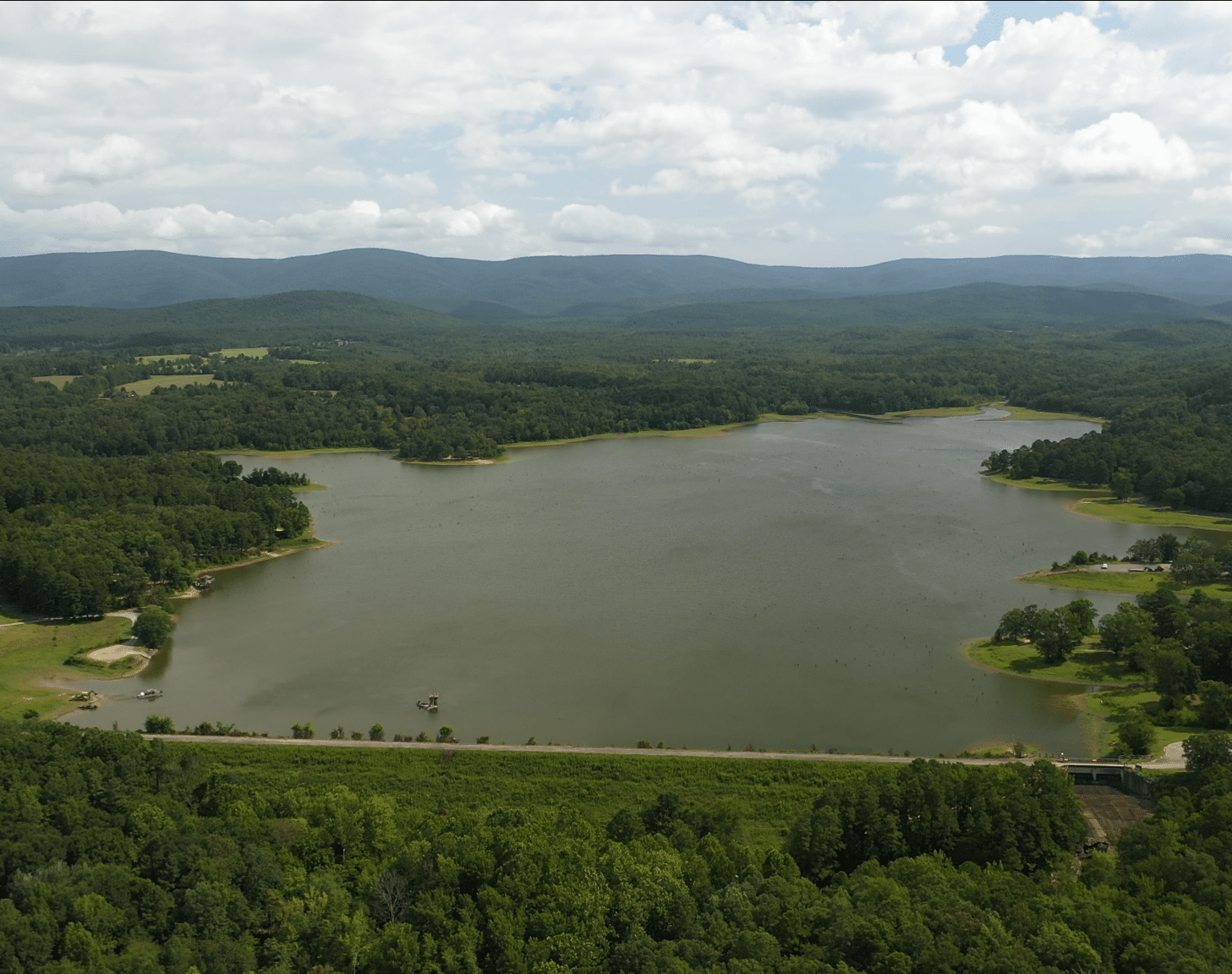Stay safe during sunny winter floats
ON 02-21-2025
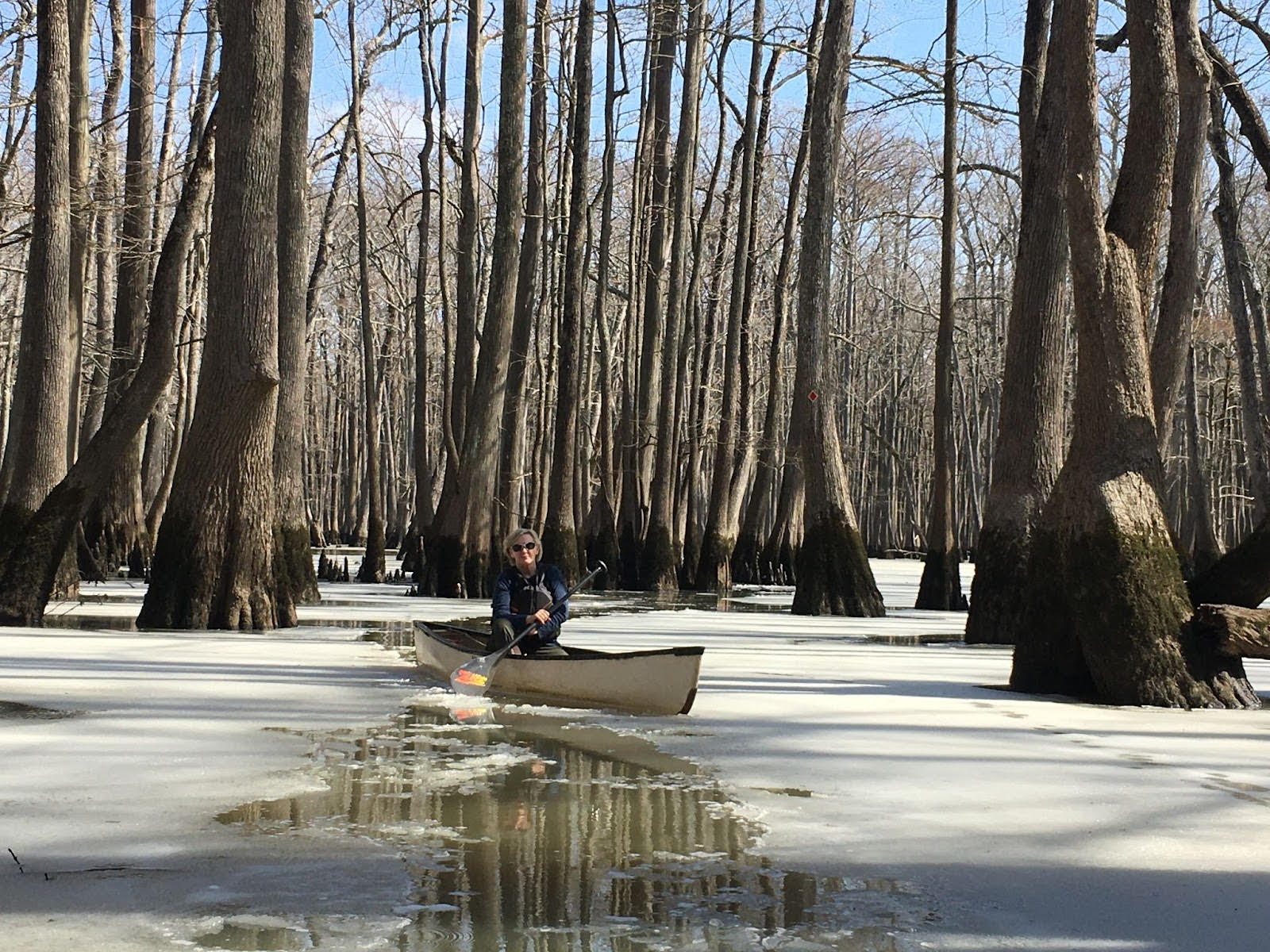
LITTLE ROCK — An arctic winter blast followed by spring-like temperatures sends some of us with cabin fever scurrying to load up boats and head for the water.
With proper planning, late winter is a great time to paddle in Arkansas – waterfowl season is over, most blood-sucking creatures are still dormant, and, for those that cannot overcome an aversion to reptiles, snakes and gators are likely still burrowed up awaiting warmer temperatures. And as with winter hiking, leafless trees allow for better viewing – whether rock bluffs, wildlife or the knees of baldcypress trees.
Cool season paddling trips require more planning and diligence – a spill into cold water can be dangerous. With proper preparation, paddlers in The Natural State can enjoy the charms of thousands of miles of rivers, streams, lakes and bayous in the off season.
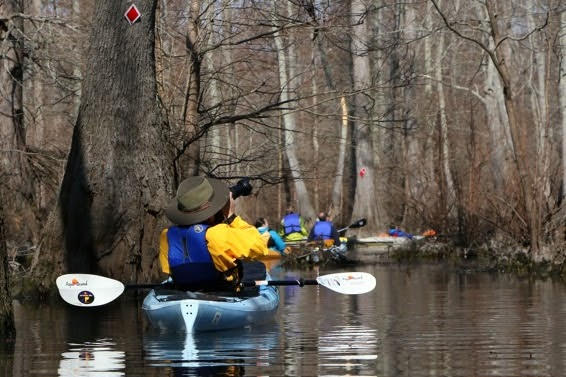
Wear It
It’s tempting to become lax on a warm, winter day and throw the life jacket in the bottom of the boat rather than strapping it on your body. The air temperature may feel balmy, but water temperatures are still dangerously cold. It only takes one spill to become an instant believer. The body’s first response to a cold plunge is usually an involuntary gasp followed by hyperventilation – all of this causes the person to feel panicked and confused, impairing the ability to swim. The precious seconds a life jacket buys while you get your wits about you can be the difference between life and death. Always wear a properly fitting life jacket – it should feel comfortably snug.
Make a Plan
Solitude in the great outdoors can soothe the soul, especially after being cooped up for days with family, but paddling with a buddy in the cool months makes good sense. A small mistake on a summer day can turn deadly on a cold day without a partner to help. Be sure to file a float plan with someone reliable. Inform them of the put-in, take-out and estimated time off the water. Call or text at the trip’s end.
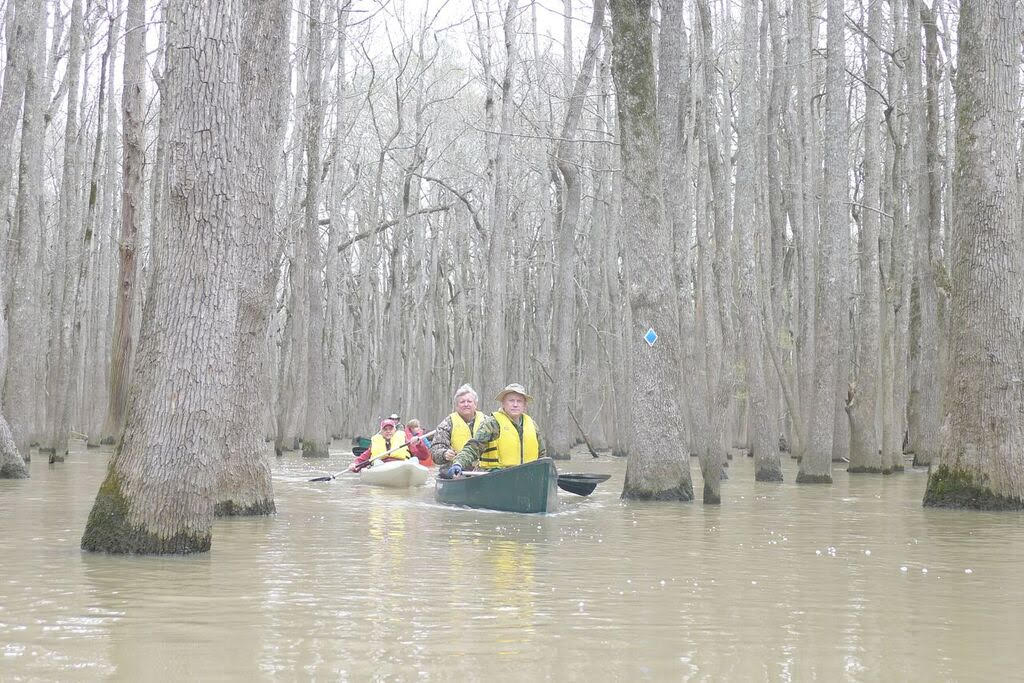
Dress Like an Onion
Avoiding damp conditions, whether from precipitation or perspiration, is crucial to maintain your body’s warmth. Don’t let a relatively warm, sunny day woo you – dress for the water temperature rather than the air temperature. Whitewater paddlers invest in a drysuit – a waterproof, full-body layer that seals tightly over regular clothing. For those without this specialty gear, some things to consider: Leave the cotton shirts in the closet until summer. Keep in mind the old adage that “cotton kills.” Cotton fibers absorb water and don’t insulate when wet. A cold, wet layer of cotton against the skin can quickly leach heat from the body. Instead, wear layers of fabric that wick moisture and provide insulation. As the body warms up while paddling, layers can be shed to avoid working up a serious lather. Effective base layers include synthetics like polypropylene and natural products such as merino wool. Follow up with a mid-layer of fleece or wool and top this off with a breathable outer shell that blocks the wind and rain. While paddling, water is prone to drip from paddle blades, so wear rain pants on the bottom half as well.
In the Dry
While all of these layers are effective under normal conditions, a slip into cold water changes the equation. It is imperative that paddlers invest in a dry bag. Purchased through an outdoor outfitter, these waterproof bags come in various sizes, roll down at the top and clip shut. Fill one with an entire set of clothing in case you take a spill. Be sure the bag is secured to the boat. A smaller dry bag can carry other essentials such as phone, car keys, weather radio and fire starter. Damp conditions can make igniting a fire challenging – pack waterproof matches, a lighter and several fire starters. These can be purchased in the camping section of big box stores or can be made at home with dryer lint, candle wax and cardboard egg cartons.
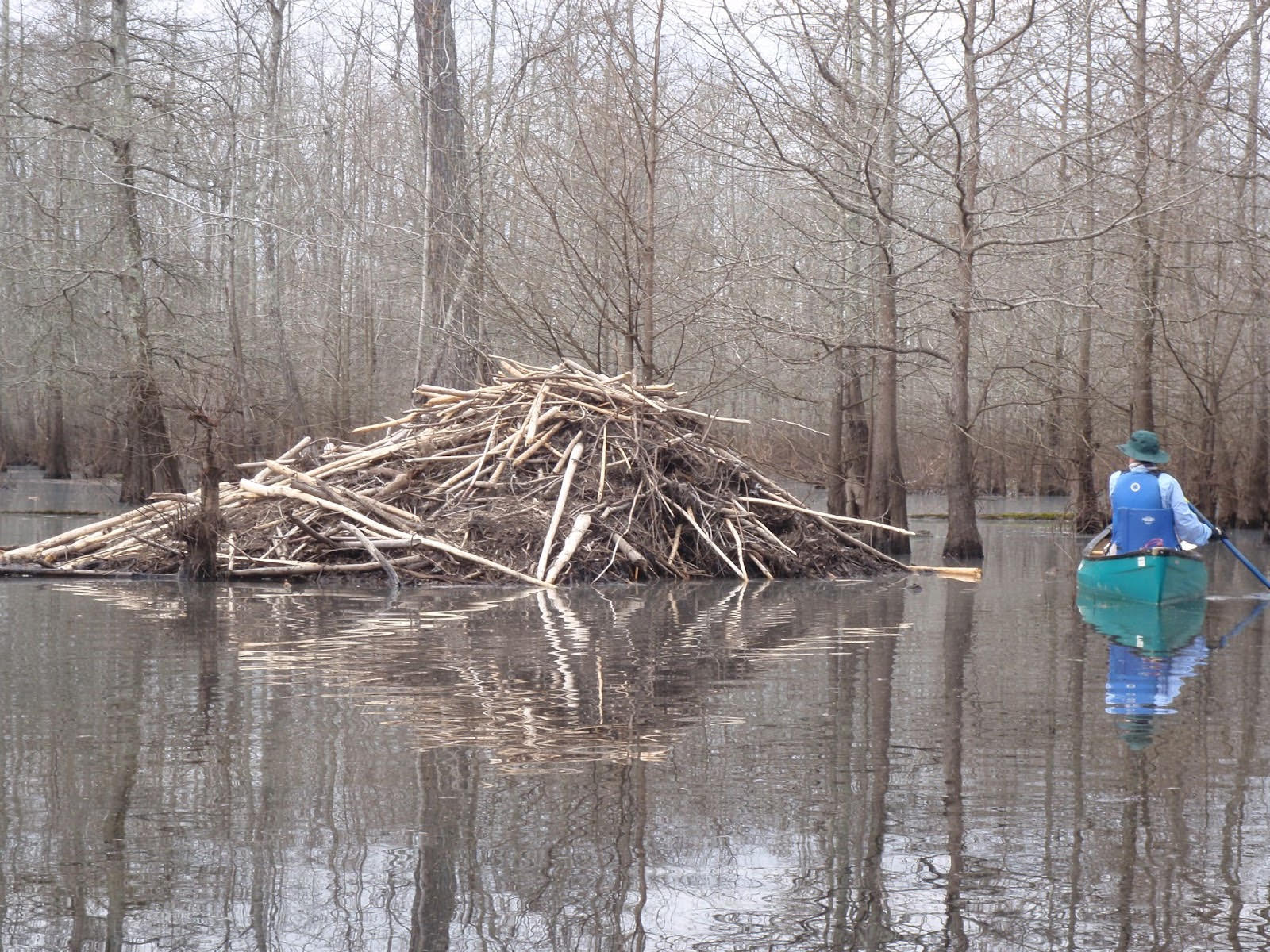
Take Care with the Extremities
We lose a good bit of heat through our head – our scalp contains lots of blood vessels that sit near the surface. A wool or fleece cap will help the cause of keeping the body warm. On the opposite end, take care of your feet in cold water. A pair of neoprene, knee-high boots are worth the investment and allow a paddler to walk partially into the water to enter and exit their craft. Swaddle your feet in good socks. The days of loose, itchy wool socks are over. Invest in tightly woven merino wool and consider a silk base sock. One of life’s simple pleasures is a dry pair of socks for the drive home after a day on the water.
Some Hot Cold-Water Floats
The AGFC’s Arkansas Water Trails program develops public paddling trails, showcasing the state’s diverse habitat and paddling terrain. Here’s a sampling of a few winter favorites:
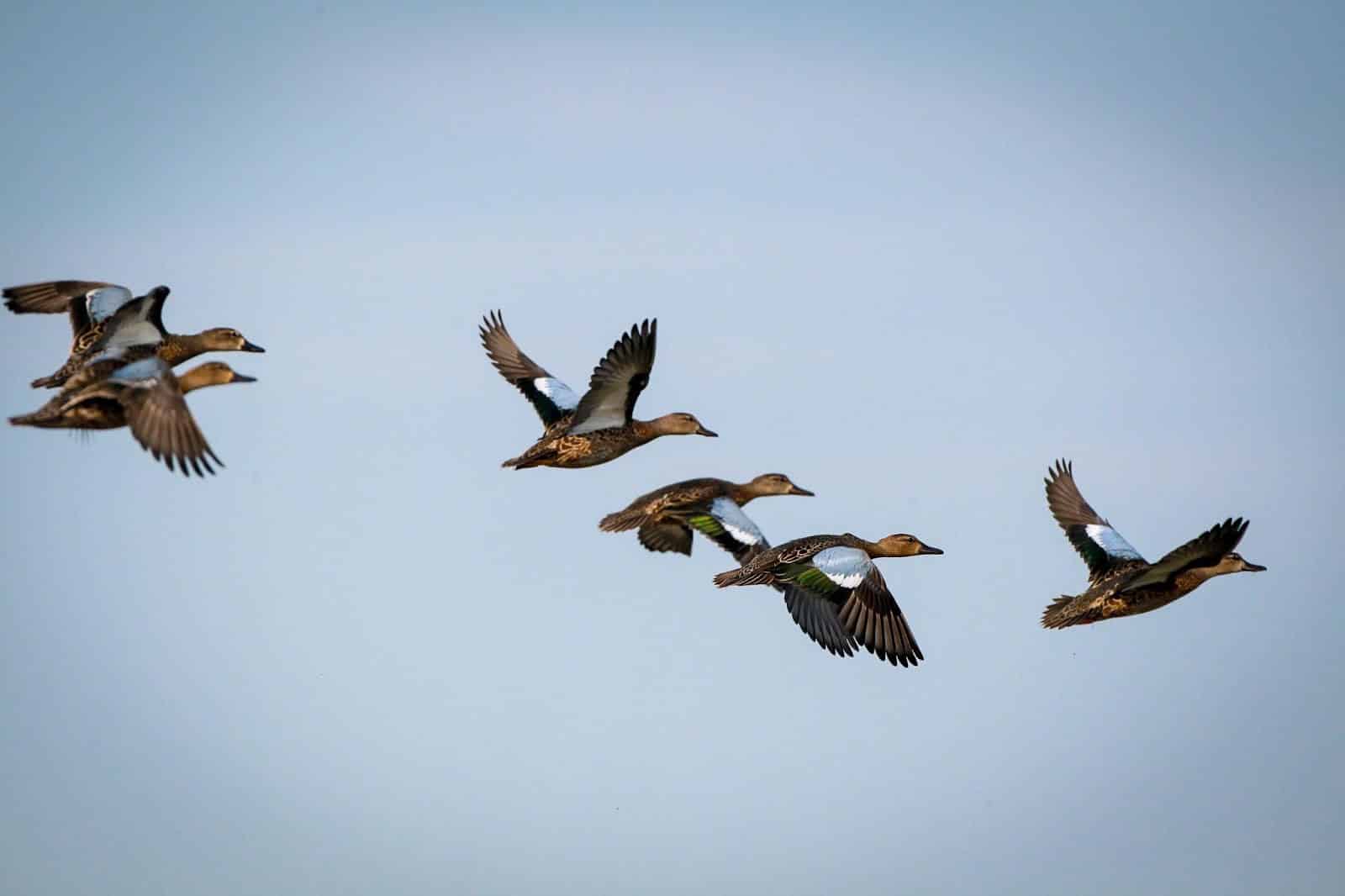
The Bayou DeView Water Trail meanders 15 miles through the Arkansas Big Woods between Little Rock and Memphis. The trail is covered by a canopy of tupelo and baldcypress trees, some estimated at 1,000-years old. Blue, reflective diamonds mark the trail with access points at five locations. Watch and listen for an array of woodpeckers and herons along with lingering migratory waterfowl and year-round residents such as wood ducks and barred owls.
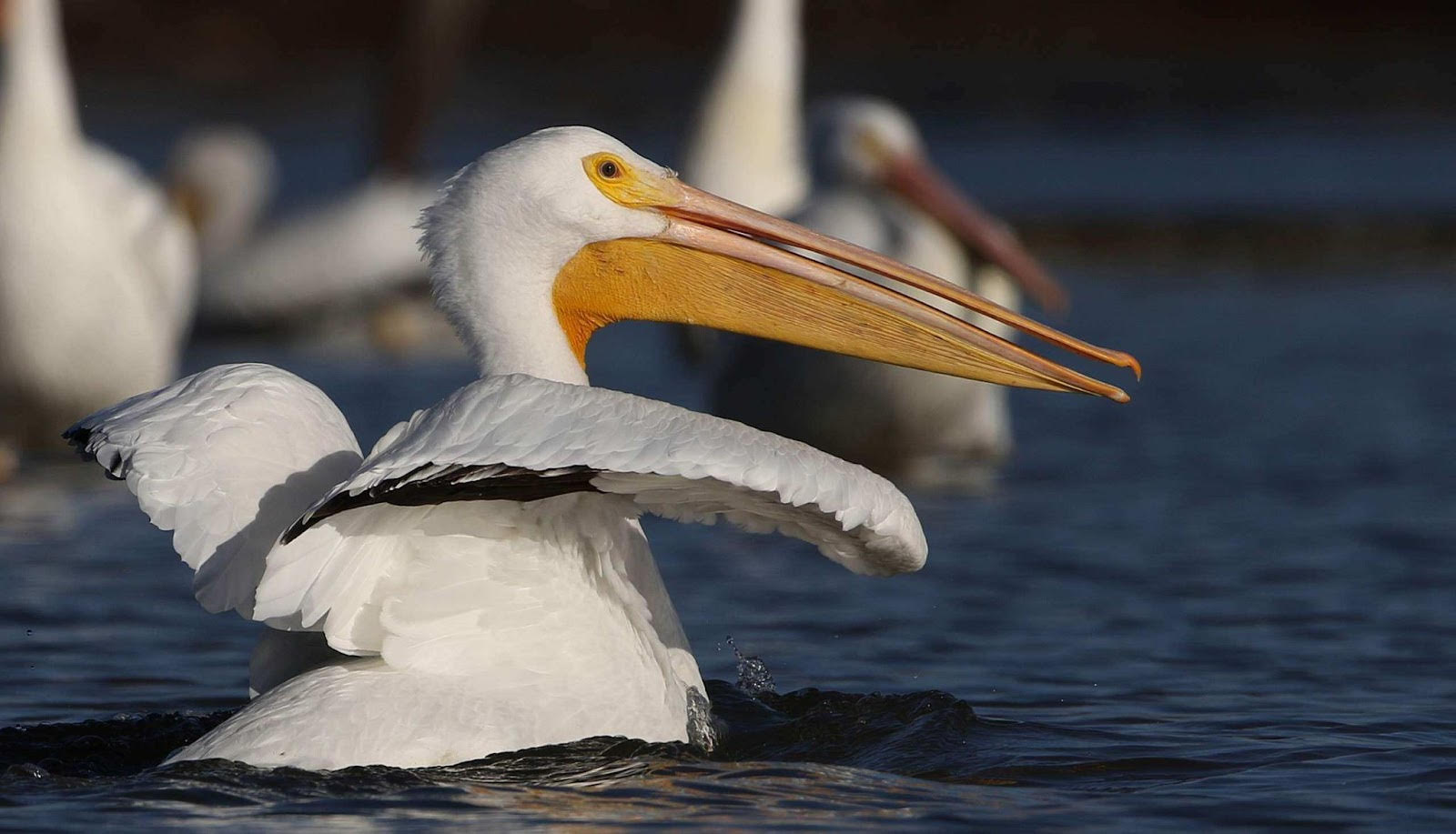
A boat ramp at Moore Bayou Access gives paddlers entry to the Arkansas Post Water Trail in eastern Arkansas near Pendleton. Explore 5 miles of trail along tree-lined Moore Bayou or in the open water of Post Bayou and Post Lake that wrap around Arkansas Post National Memorial. Be on the lookout for common gallinule, American white pelicans, bald eagles and blue-winged teal.
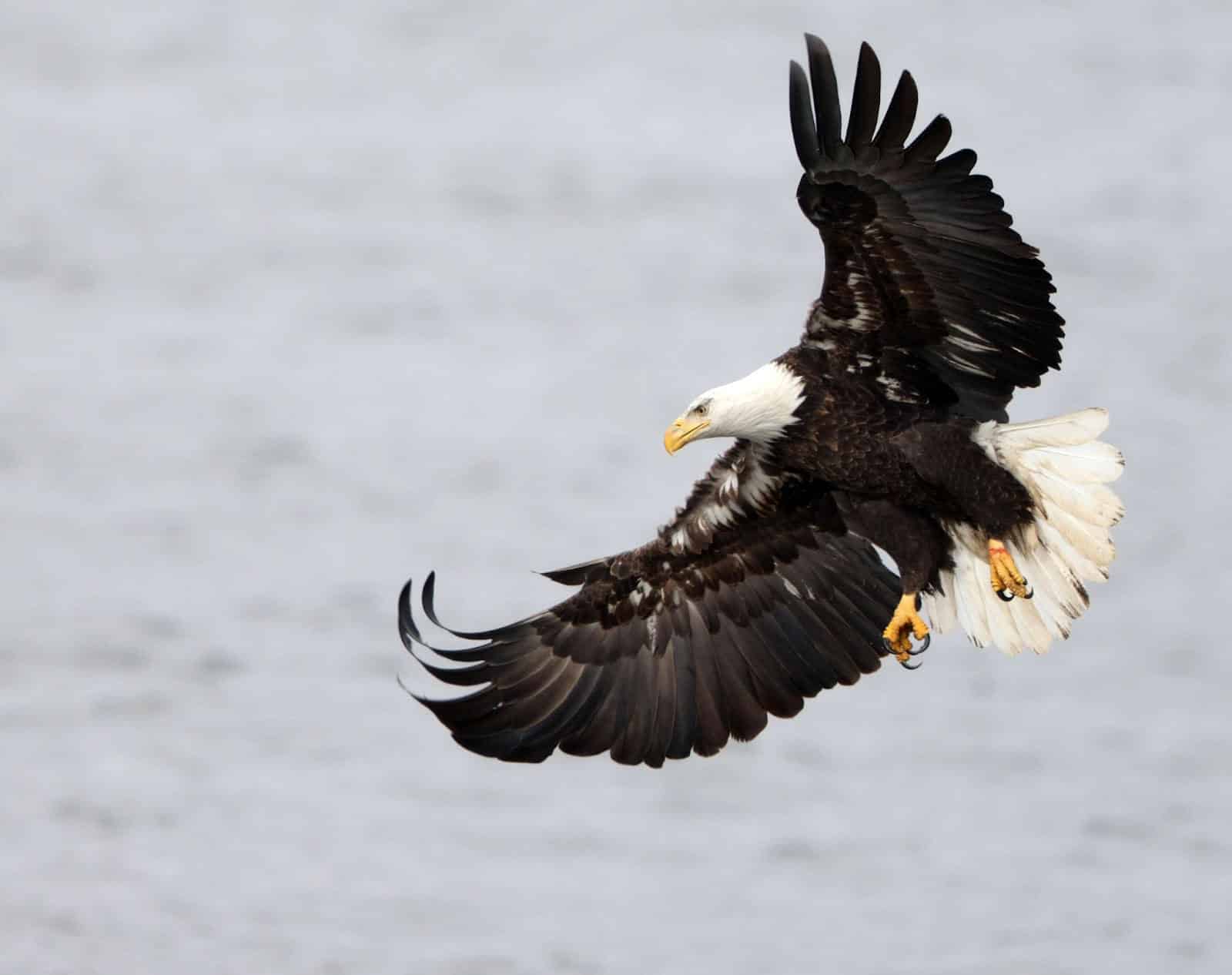
The St. Francis Sunken Lands Water Trail snakes its way through 10 miles of northeast Arkansas’s forested river bottoms near Trumann. The New Madrid Earthquake of 1811 shaped this land that provides critical habitat for migratory songbirds to wintering waterfowl. Listen for the distinctive whistle of the red-shouldered hawk and watch for yellow-rumped warblers foraging amongst the trees.
####
CUTLINES:
ICE-BREAKING CANOE
Some paddling enthusiasts will go to extreme measures to escape cabin fever. AGFC photo.
KAYAKS ON WATER TRAIL
Winter paddling is safer with a group who can help in case of emergency. AGFC photo.
GREEN CANOE ON WATER TRAIL
Life jackets are essential during all kayak and canoe activities. AGFC photo.
BEAVER LODGE
Winter floats can open up a new world to your watchable wildlife experiences. AGFC photo.
BLUE-WINGED TEAL
Blue-winged teal and other migratory waterfowl making their way back to nesting grounds are common late winter sights for some paddlers. AGFC Photo by Mike Wintroath.
WHITE PELICAN
White pelicans are one of many species paddlers at Arkansas Post Water Trail may encounter. Photo by Chris Newberry.
BALD EAGLE
Bald eagles are common visitors to The Natural State, as they follow other migratory species and capitalize on shad and other fish in Arkansas’s rivers. Photo by Chris Newberry.
Recent News
Subscribe to Our Weekly Newsletter E-mails
Don’t miss another issue. Sign up now to receive the AGFC Wildlife Weekly Newsletter in your mailbox every Wednesday afternoon (Waterfowl Reports are published weekly during waterfowl season and periodically outside the season). Fishing Reports arrive on Thursdays. Fill in the following fields and hit submit. Thanks, and welcome!


